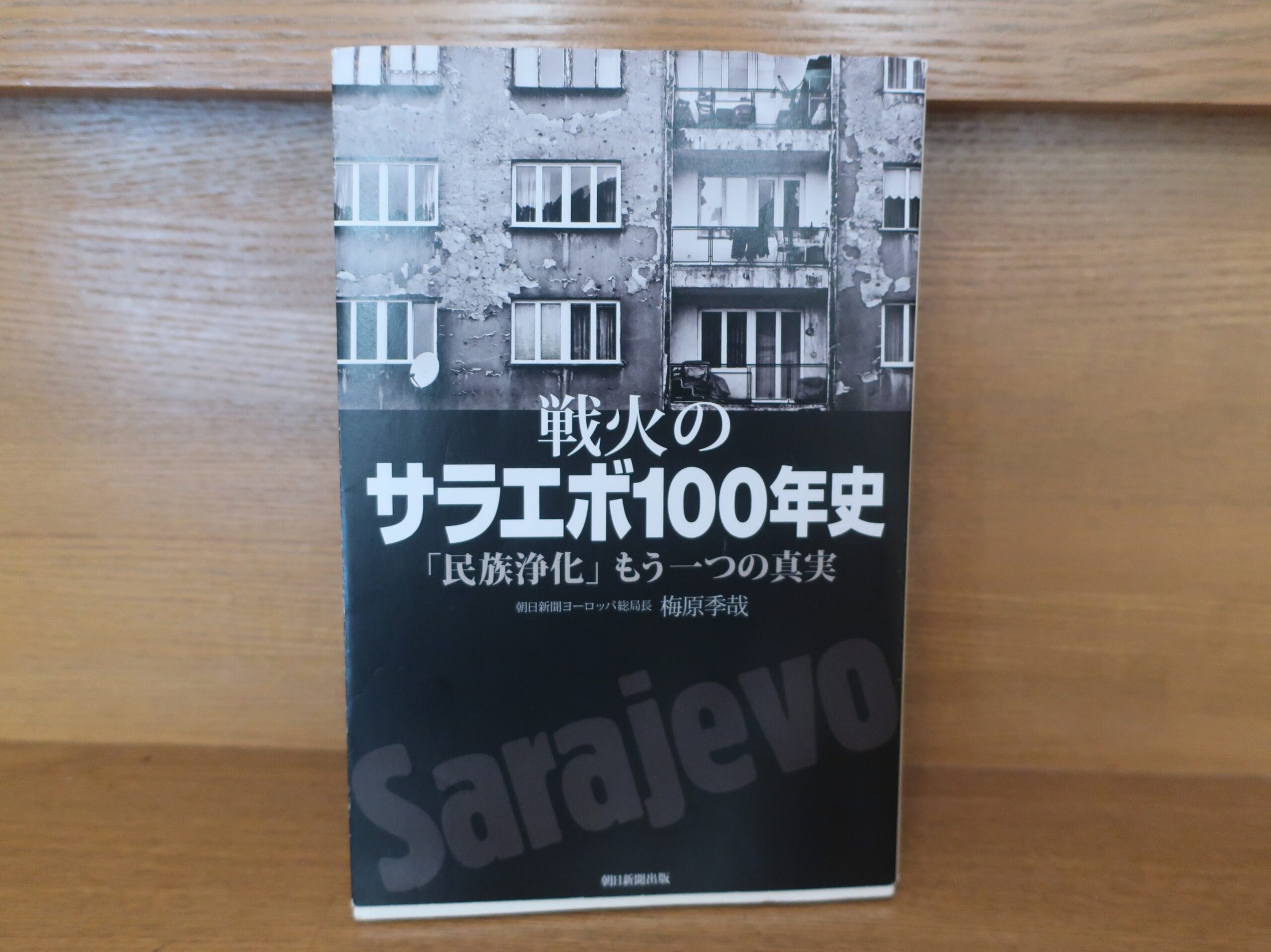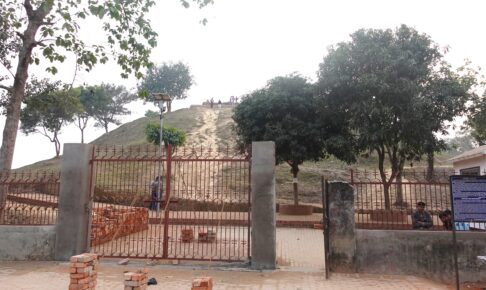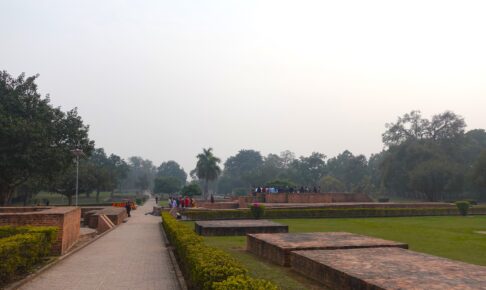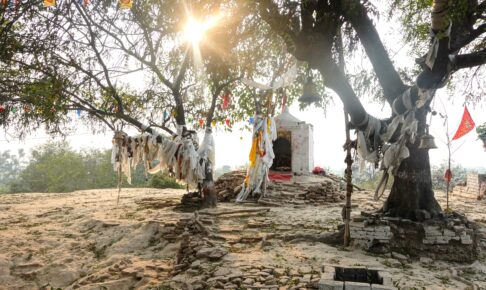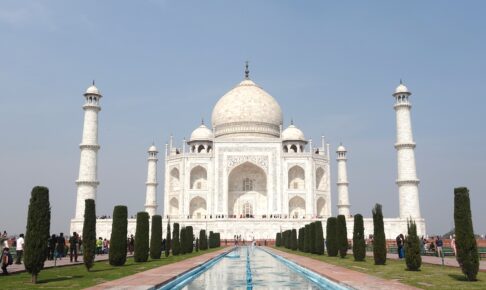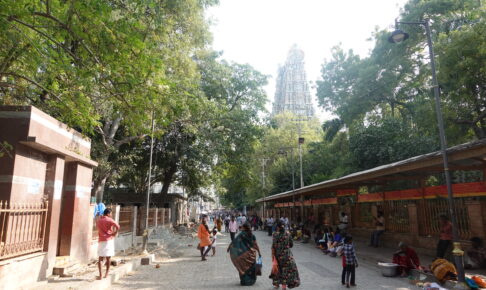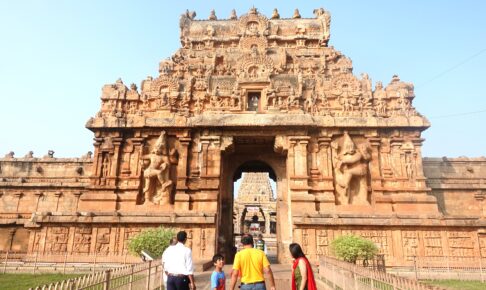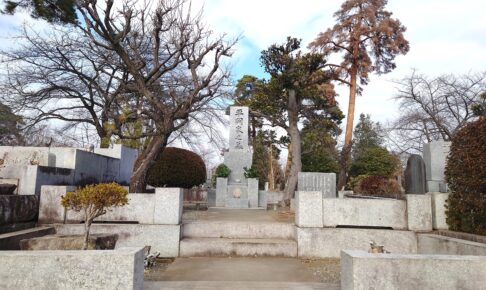Summary and Comments on "The 100 Year History of Warring Sarajevo: The Other Truth of "Ethnic Cleansing"" by Toshiya Umehara - Recommended for understanding the flow of the Bosnian conflict!
This time we would like to introduce Sueya Umehara's "Senka no Sarajevo 100 nenreki shishi: 'Ethnic Cleansing' another truth" published by Asahi Shinbun Publishing in 2015.
Let's take a quick look at the book.
On June 28, 1914, Archduke Franz Ferdinand, heir to the Austro-Hungarian throne, was assassinated by a young Serbian man while on a trip to Sarajevo. One hundred years after the Sarajevo Incident, which triggered World War I, there are still conflicting historical perspectives on whether the assassin was a "hero of national liberation" or a "terrorist.
Sarajevo was originally a diverse land where three major ethnic groups, Bosniaks (Moslems), Serbs, and Croats, coexisted, but politicians who stirred up and exploited ethnic conflicts forced the "Bosnian Civil War" from 1992 to 1995.
At the time, the term "ethnic cleansing" was widely used by the Western media, and NATO bombed Yugoslavia during the Kosovo conflict in 1999. But was this really an ethnic conflict? This is an authentic nonfiction book that traces the conflict between nationalism and historical awareness through interviews and testimonies of families in Sarajevo that have continued for 100 years.
AmazonProducts Page.
This book is a good introduction to the Bosnian conflict that began in 1992.
The Bosnian conflict was a tragedy that took place against an overly complex background.
To understand this complex background, it is essential to know the history of Bosnia and Yugoslavia.
The book is unique in that it includes such Bosnian history and looks at the background of the conflict from a larger perspective.
And another feature of the book is the commentary above, " Authentic nonfiction tracing 100 years of family interviews and testimonies in SarajevoAs mentioned in the previous section, "The importance of the voices of those who have actually experienced the conflict.
The author makes the following statement about it. It is a bit long, but I will read it carefully because it raises issues that are very important for studying the Bosnian conflict.
The mere mention of proper nouns such as Bošnjak (Moslem), Serb, and Croat may give some people the impression that this is a foreign event with no connection to Japan. Indeed, the complex and intertwined history of this region is geographically distant from Japan, and there are virtually no interests that are directly related to daily life. This may make it difficult for many Japanese to understand.
If we separate the opposing forces, a "straightforward" composition is created. However, if we discard the story of each individual with a face in such a composition, what will spill out from it?
If we look at things only within the framework of conflicts between ethnic groups, such as "Bosniaks" versus "Serbs," we may end up competing with each other only on the number of victims, saying, "Hundreds were abused here," or "No, thousands were killed there. There, the names of the individuals are diminished.
In order to resist such a simplified and merely "easy-to-understand" composition, this book will focus on the history of Bosnia-Herzegovina up to the present time, especially the family history of the people living in the capital Sarajevo, as the history of "face to face" people.
If there are lessons to be learned from the history of the conflicts in the former Yugoslavia and the Bosnian Civil War, we should not simply accept hatred in a multi-ethnic society and inhumane acts of war and conflict as inevitable, but rather understand them from a multilayered perspective, including what gave rise to such situations and whether there were factors that could have stopped them. We need to understand these situations from a multilayered perspective, including what caused them and whether there was anything we could have done to stop them.
If we only understand that different peoples are supposed to kill each other and have done so throughout history, and if we assume that that is what fighting is all about, reconciliation over the past will be difficult.
This is a story that should not be unrelated to the Japanese people living today.
Asahi Shimbun Publications, Sueya Umehara, "Senka no Sarajevo 100-nen Shi [100-year History of Sarajevo on Fire: "Ethnic Cleansing" Another Truth]," P10-11
If the Bosnian conflict is simply divided into "Bosniaks" versus "Serbs," it may be easier to understand, but it leaves out something critically important.
The author then goes on to say about this book
In East Asia, too, there is an unfortunate situation in which the rift over the history of war in the first half of the 20th century remains unresolved.
In such a situation, the attitude of accepting the discourse that "as we can see in the Balkans, different peoples have been in conflict and have been killing each other," may appear to be realism at first glance, but it is nothing but defeatism, abandoning the possibility of creating a better future in which we can live together, starting with reconciliation. However, this is nothing but defeatism that abandons the possibility of creating a better future in which we can live together, starting with reconciliation.
Nevertheless, from my own experience of reporting in the former Yugoslavia for more than a decade, even intermittently, I am familiar with the difficulty of conveying the complex history and geography of the region in an "easy-to-understand" manner.
Bosnian history is as complex as a fabric woven with many threads. What appears to be one color from a distance is actually woven from a complex array of colors when viewed up close.
The main goal of this book is to unravel the history of Sarajevo, which appears to be particularly complex from the Japanese perspective, by tracing the lives of the various people who have been entangled in its history. However, the main purpose of this book is not to provide readers with knowledge about the complexity of the city.
At the risk of repeating myself, I would like to ask you to look beyond the historical background and ethnic differences, which are often dismissed by the Japanese as "difficult to understand," and focus on the universality that lies beyond such backgrounds.
Asahi Shimbun Publishing, Sueya Umehara, "Senka no Sarajevo 100-nen-history "Ethnic Cleansing": Another Truth," p 11-12
The attitude of accepting such discourses as "As we can see in the Balkans, different peoples have been in conflict and have been killing each other," may appear to be realism, but it is nothing but defeatism, abandoning the possibility of creating a better future in which we can live together, starting with reconciliation. It is nothing but defeatism, abandoning the possibility of creating a better future in which we can live together, starting with reconciliation.
I think it is very important to point out that Discourse that appears to be "realism" at first glance is actually nothing but defeatism. It is true that if we say, "This is the reality of human beings," we appear to know human beings, and that may be true in one respect. But if we put everything away with that, we give up the possibility of creating the future.
The more you learn about the Bosnian conflict, the more you will be amazed at the complexity of this conflict. 'So what are we supposed to do?' I am often at a loss when I read about it. It is here that the difficulty of resolving the conflict is so great that it makes you want to cover your eyes. And when you do, you will inevitably succumb to the "realism" described above.
But in this book you will hear many voices of people who have experienced conflict.
This Bosnian conflict is a living human history. It is something that cannot be simply dismissed as "it had to be done. Because of what it tells us, I feel as if we are being admonished not to think of things simply.
I highly recommend this book as a reference for learning about the Bosnian conflict. It is written in an easy-to-read format for beginning students and, of course, for those who want to learn more and more about this conflict.
This is "Toshiya Umehara's "100 Years of Warring Sarajevo: The Other Truth of 'Ethnic Cleansing'" - Recommended for understanding the flow of the Bosnian conflict! The above is a brief summary of the book.
Next Article.
Bosnian Conflict, Recommended Reference List Introduction article for learning about the Srebrenica massacre.
List of reference books
.Nobuhiro Shiba, A Contemporary History of Yugoslavia, New Edition, to learn what the Bosnian Civil War was all about.
.Toru Takagi, "Document: War Advertising Agency, Information Manipulation and the Bosnian Conflict," The Media's Enormous Influence: The Unknown Side of the Conflict
.Children's Perspectives on the Bosnian Conflict: Growing Up on the Battlefield, Sarajevo 1992-1995
.Life during the Bosnian conflict, told with humor, "A Travel Guide to Sarajevo: The First Ever Guide to a War-Torn City."
.Yukie Osa, "Srebrenica - A Study of a Genocide," recommended for learning about the Srebrenica massacre.
.Srebrenica Genocide: Lessons and Challenges from the 25th Anniversary" edited by Yukie Osa, a book that considers the genocide from various perspectives.
.P. Goreiewicz, "The Hill of Genocide: The Hidden Truth of the Rwandan Genocide" An incredible tragedy took place in Africa...
.Why didn't God save us from the genocide... "The Rwandan genocide: the memoir of a young man who witnessed the world's saddest spectacle".
.He is also famous for his film! The Man from Hotel Rwanda: The Story of the Man Called Schindler of Africa
.A Shocking Trilogy! The Reality of the Rwandan Genocide "When Neighbors Turn Murderers: Testimonies of Rwandan Genocide Survivors".
.What Perpetrators Say After the Massacre, "When Neighbors Turn Murderers: Testimonies of the Rwandan Genocide, Perpetrators Edition"
.Hell Coexisting with the Butcher: What is Forgiveness? "When Neighbors Turn into Murderers: The Road to Reconciliation: Testimonies of the Rwandan Genocide".
.Based on the blockbuster movie! The Somali Tragedy, "Black Hawk Down: The Combat Record of America's Finest Special Forces"
.Peace and Hope for the Balkans! Hisao Yanagisawa "Resonate from the Balkans! Song of Joy
Below is an article about my visit to Bosnia in 2019
.The most memorable country of my trip! The Reality of the Bosnian Conflict, According to a Conflict Experienced Around the World List of Around the World in Bosnia
.From Vienna to Sarajevo - Why I Chose Bosnia: Bosnia Part 1
.Arrival in Sarajevo, the capital of Bosnia - What kind of country is Bosnia? Bosnia Part 2
.The Miracle of Sarajevo - The Tunnel that Bridged Lives! Bosnian Conflict and Tunnel Museum Bosnia Part 3
.Vlerobosne Nature Park and Sarajevo Olympic Stadium Cemetery - A symbol of peace is a graveyard for victims of conflict... Bosnia Part 4
.Walking around Sarajevo's Old Town - The origin of the European Jerusalem where multi-ethnic groups coexisted in Bosnia (5)
.Risking one's life to cross even a single alleyway! Learning about the Bosnian Conflict in Downtown Sarajevo, Bosnia Part 6
.The Story of Mirza, a Bosnian Conflict Experiencer (Part I) Bosnia (7)
.The Story of Mirza, a Bosnian Conflict Experiencer (Part 2) Bosnia Part 8
.Takahiro Ueda, robbed in Sarajevo, Bosnia ⑨.
.The Genocide in Europe, to the place of the massacre of Srebrenica (1) Bosnia (10)
.The Genocide in Europe, to the place of the Srebrenica massacre (2) Bosnia (11)
.Strength of Heart to Overcome Fear and Loneliness: A Conversation with Mirza, a Conflict Experienced Bosnian ⑫
.Ottoman heritage, Pochiteli - a natural fortress on a cliff, Bosnia ⑬.
.The Islamic Monastery of Bragai and the overwhelming beauty of the spring water, Bosnia ⑭
.Symbol of Mostar, World Heritage Site Stari Most - Beautiful Bridge over the Netrebva River, Bosnia Part 15 (15)
.The shock of the robbery was worse than expected...Days in Mostar and the turning point of the trip ⑯ Bosnia
.The Mostar Massacre Museum of Horrors - Thinking about Violence, Bosnia ⑰.
.Bosnia Attractions and Recommendations for Bosnia ⑱
.Bosnia and Sarajevo Security Information (Bosnia Edition)












